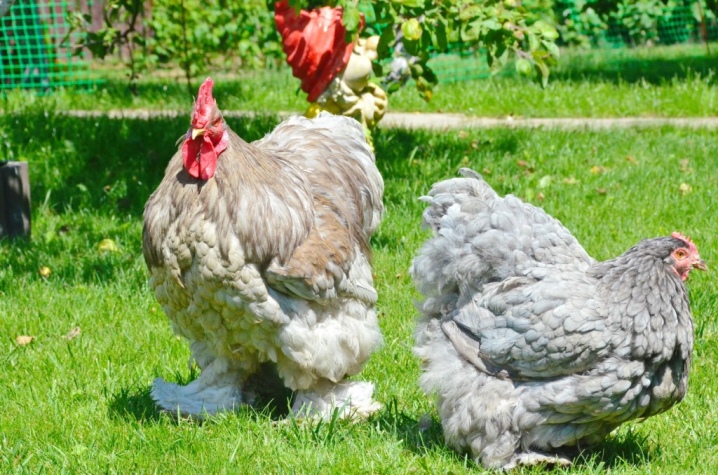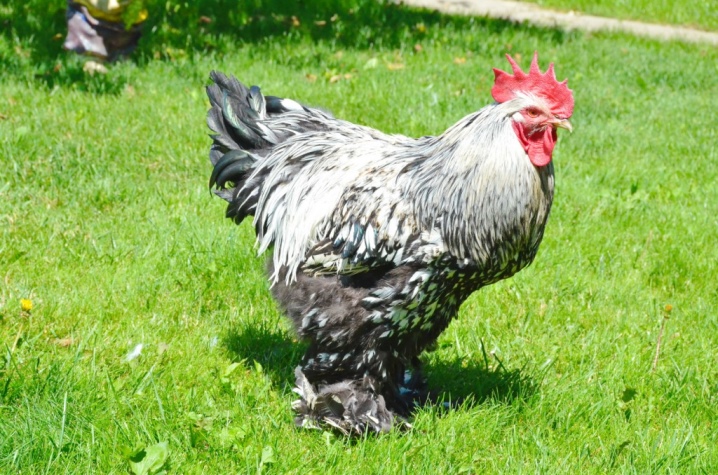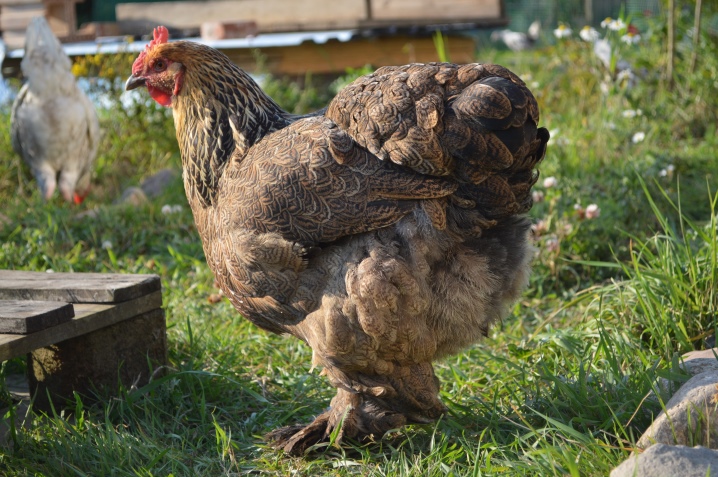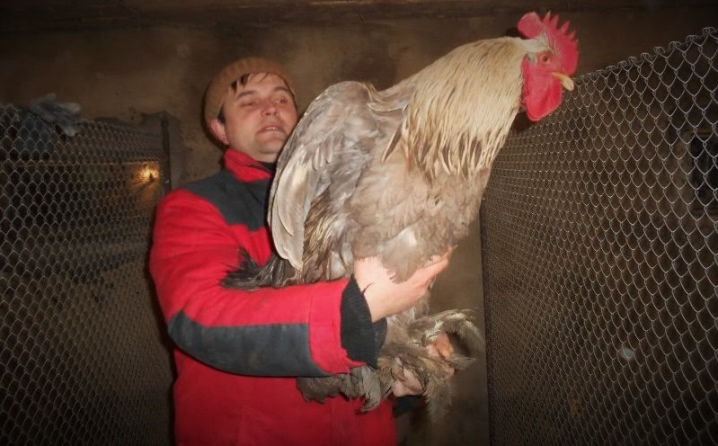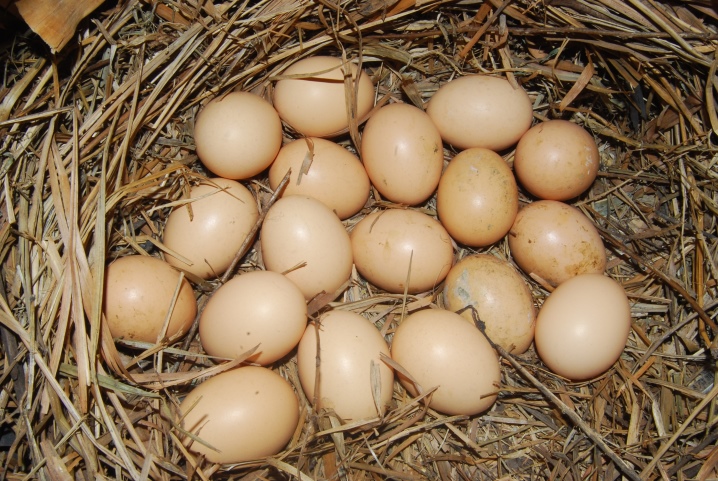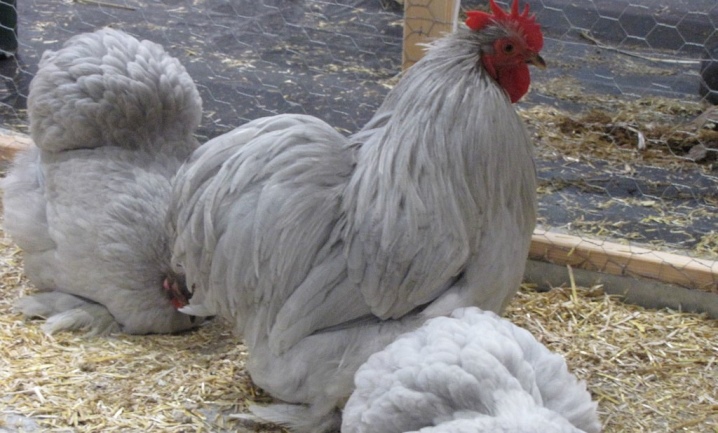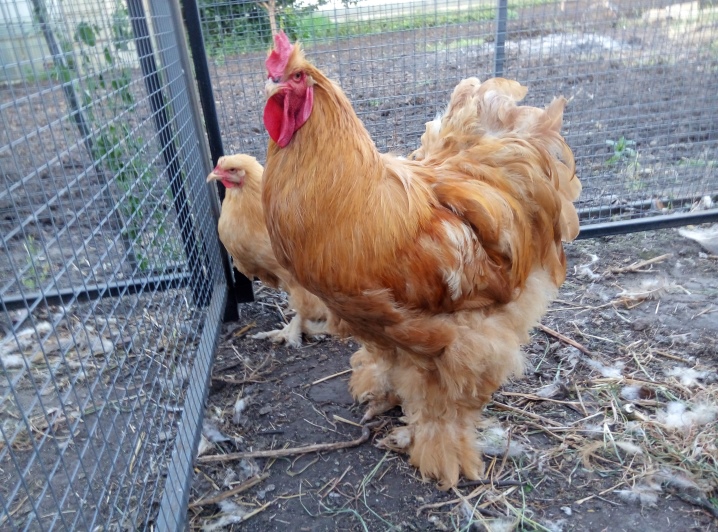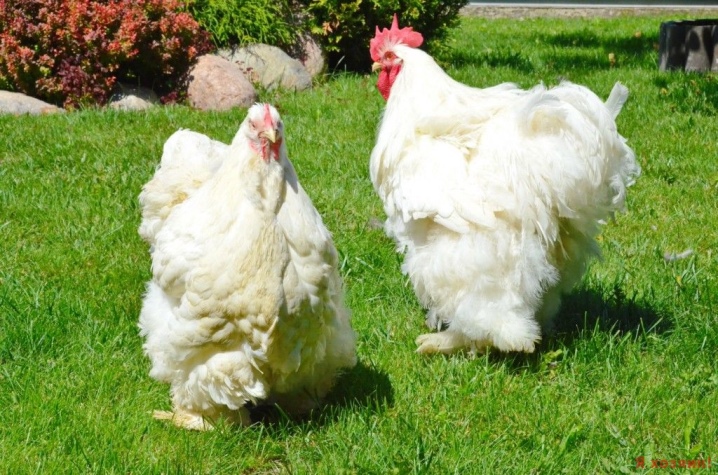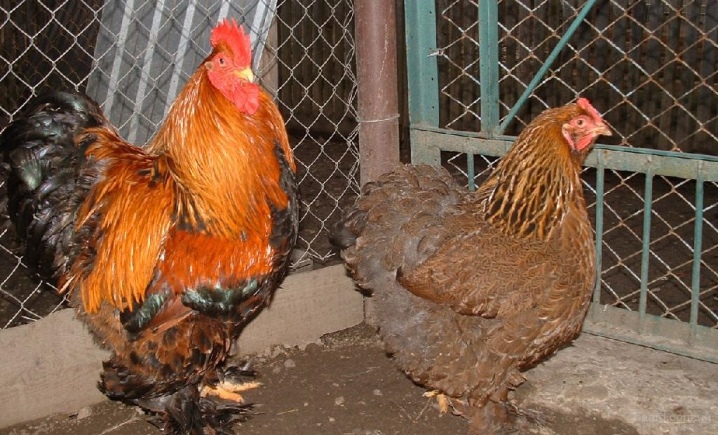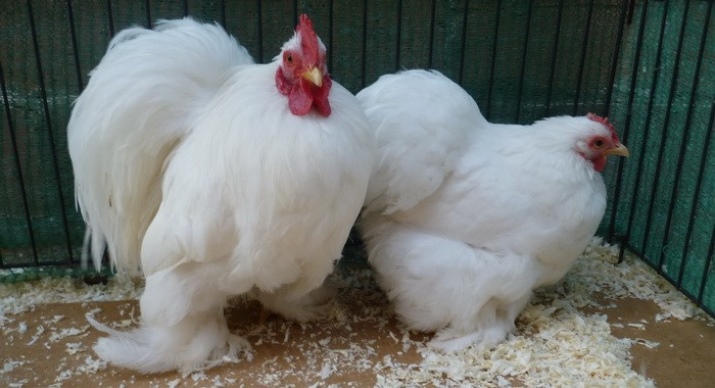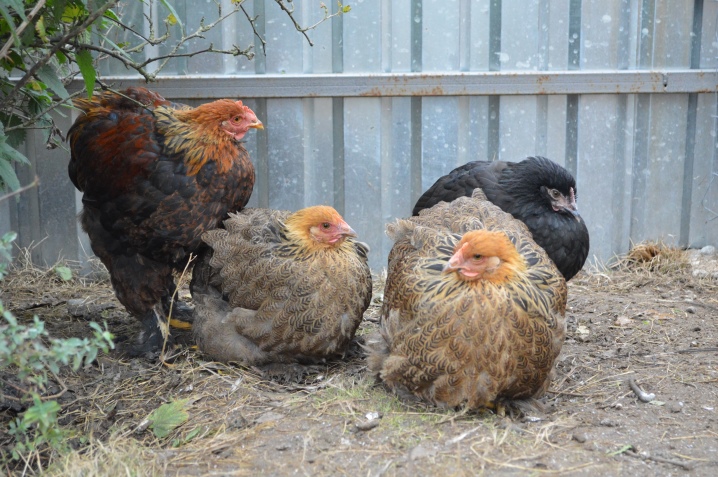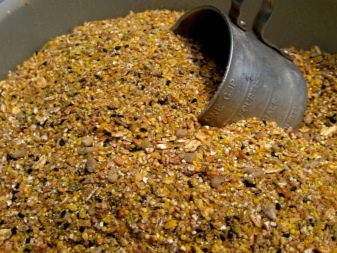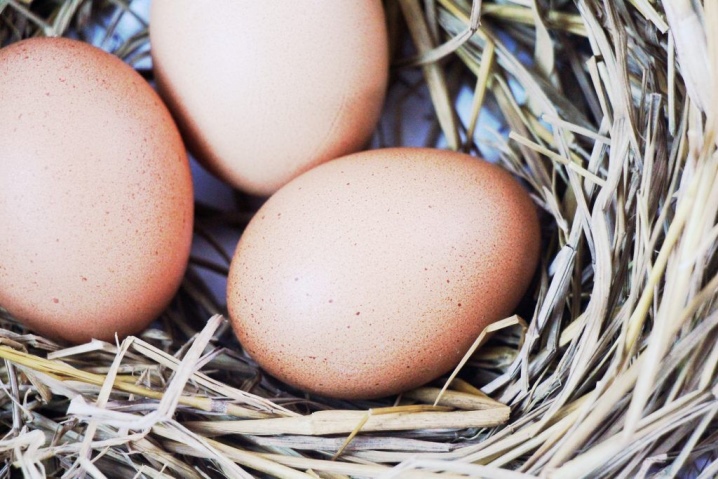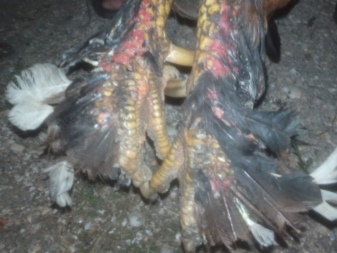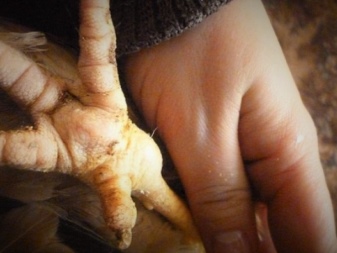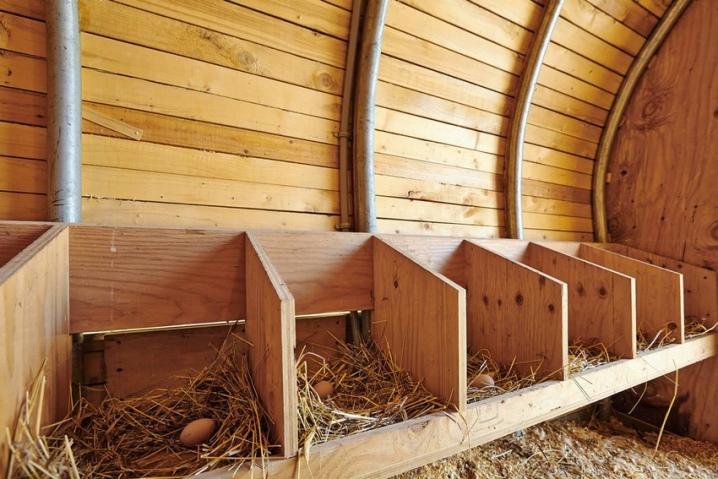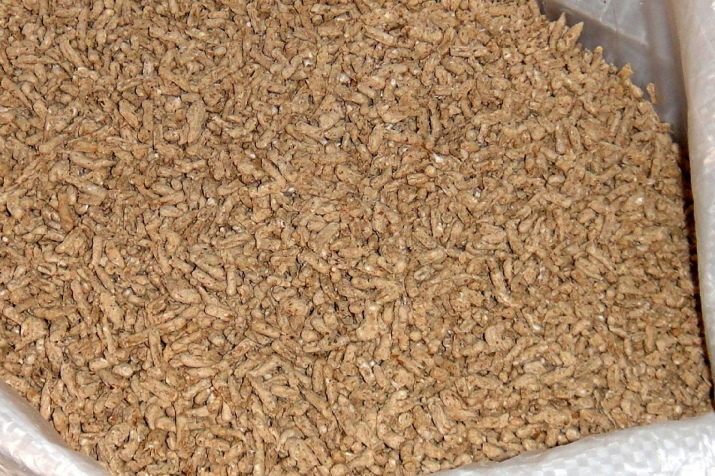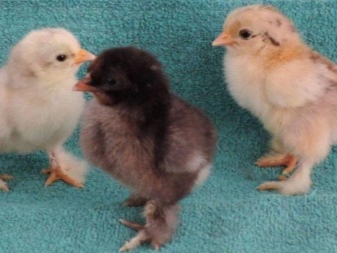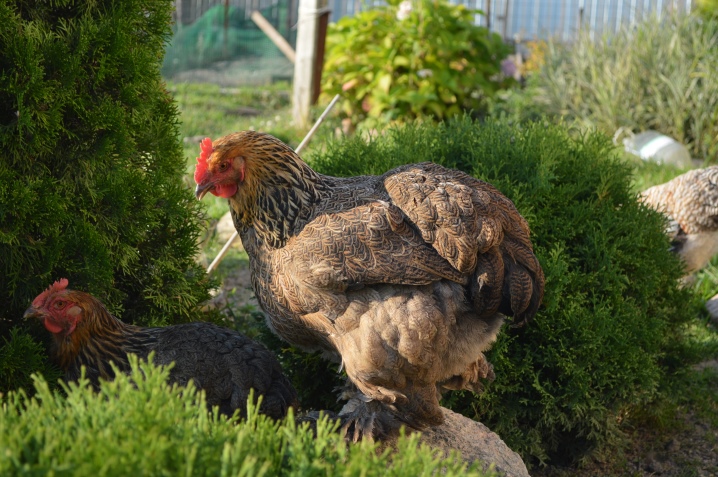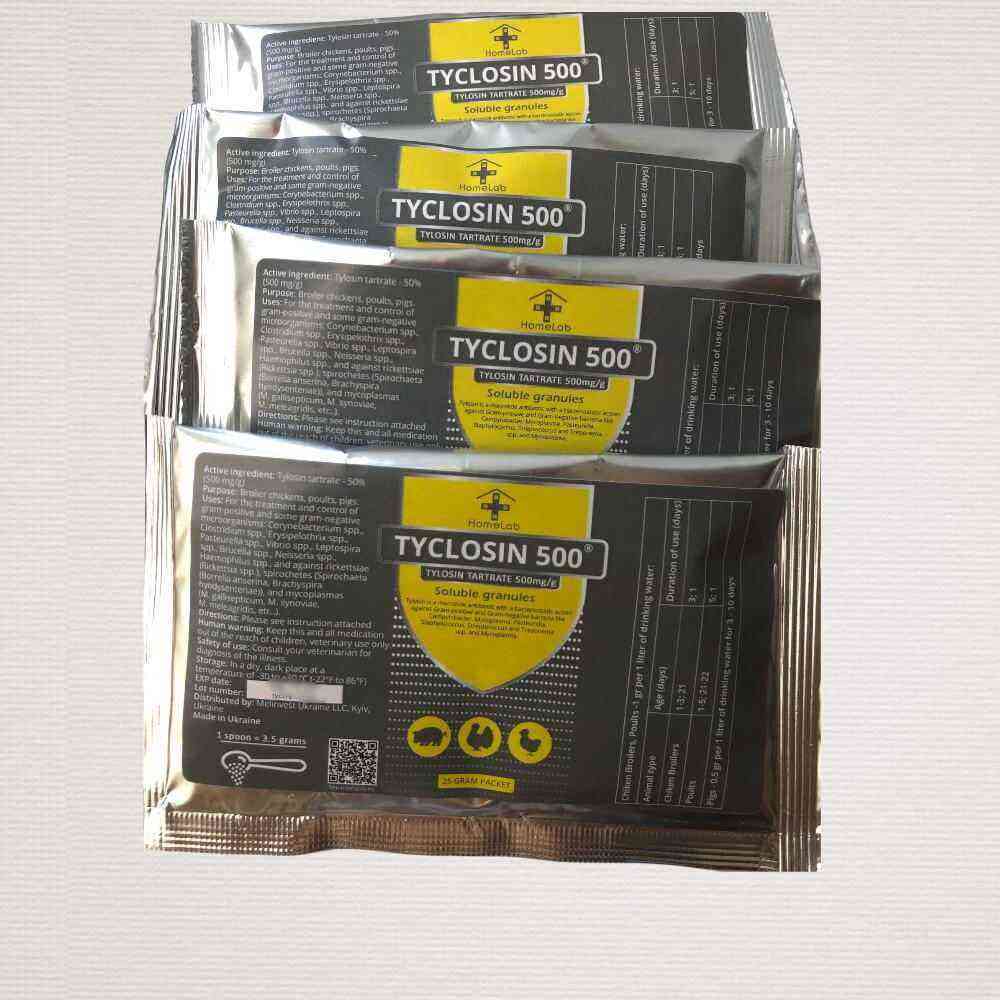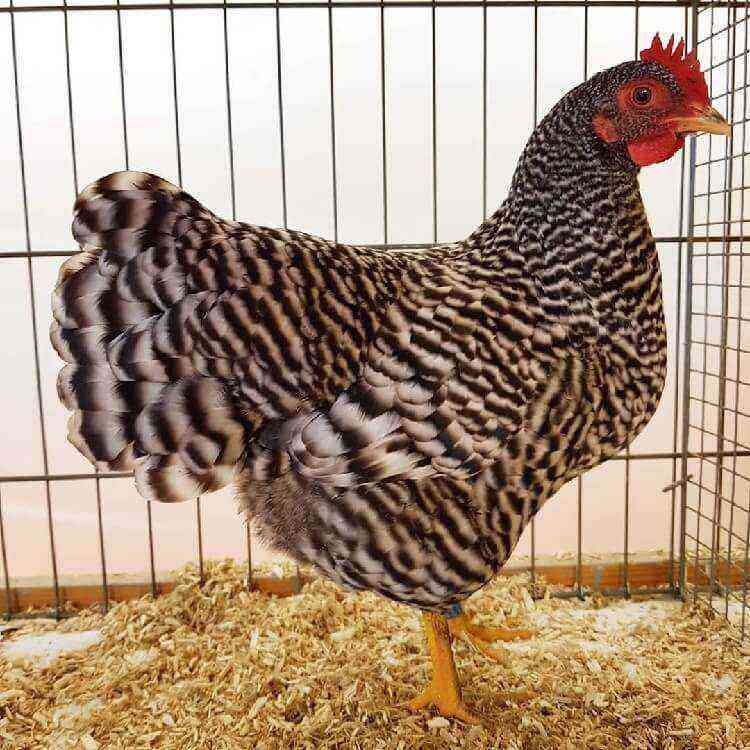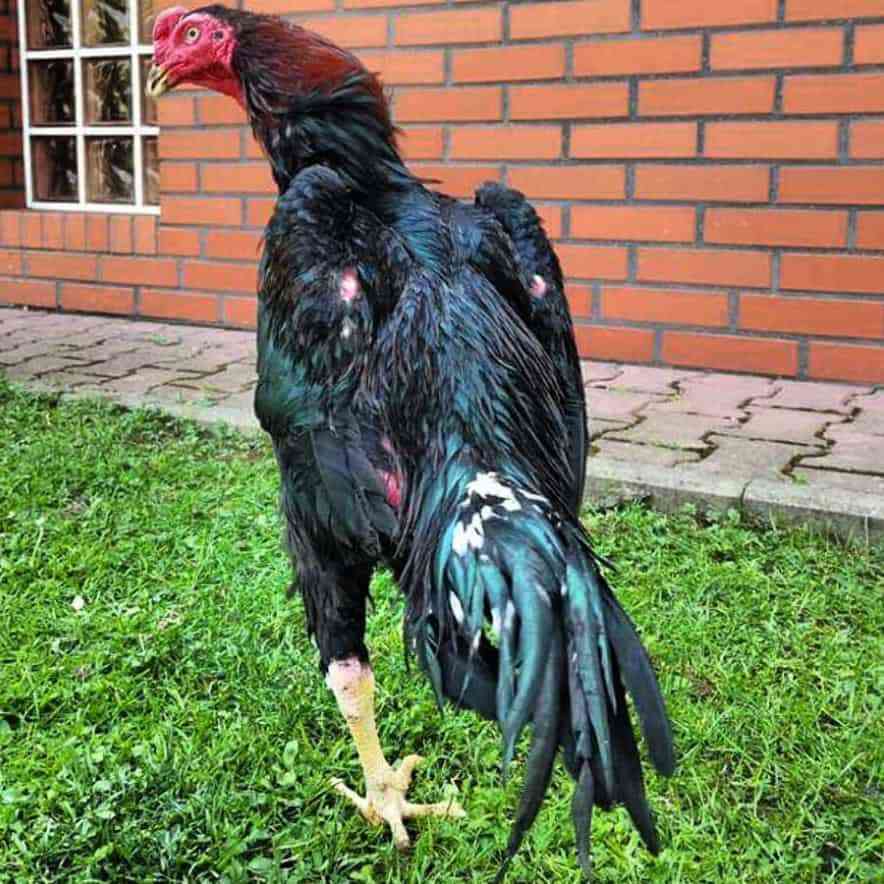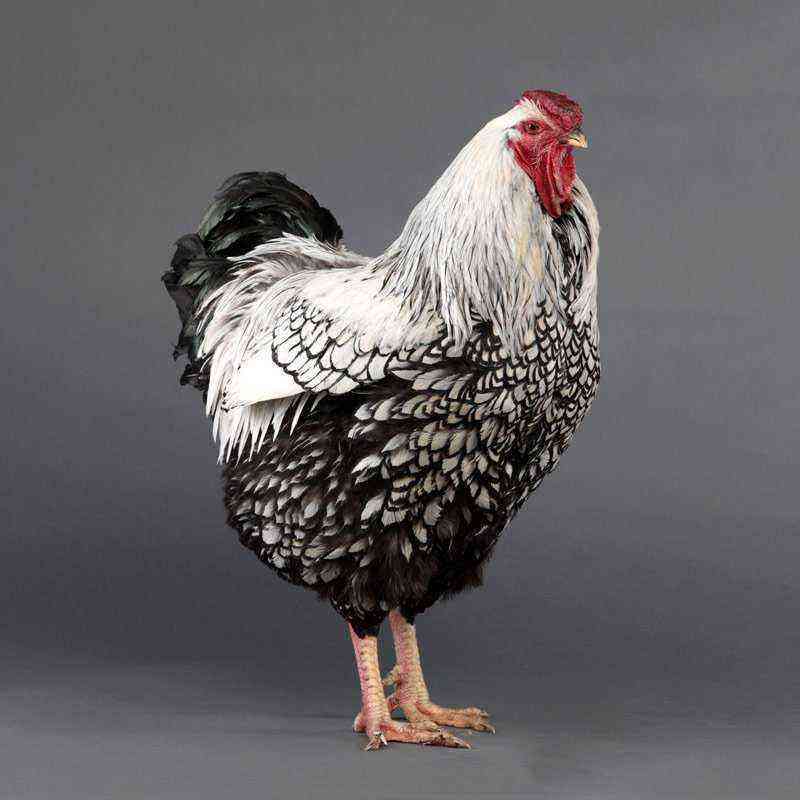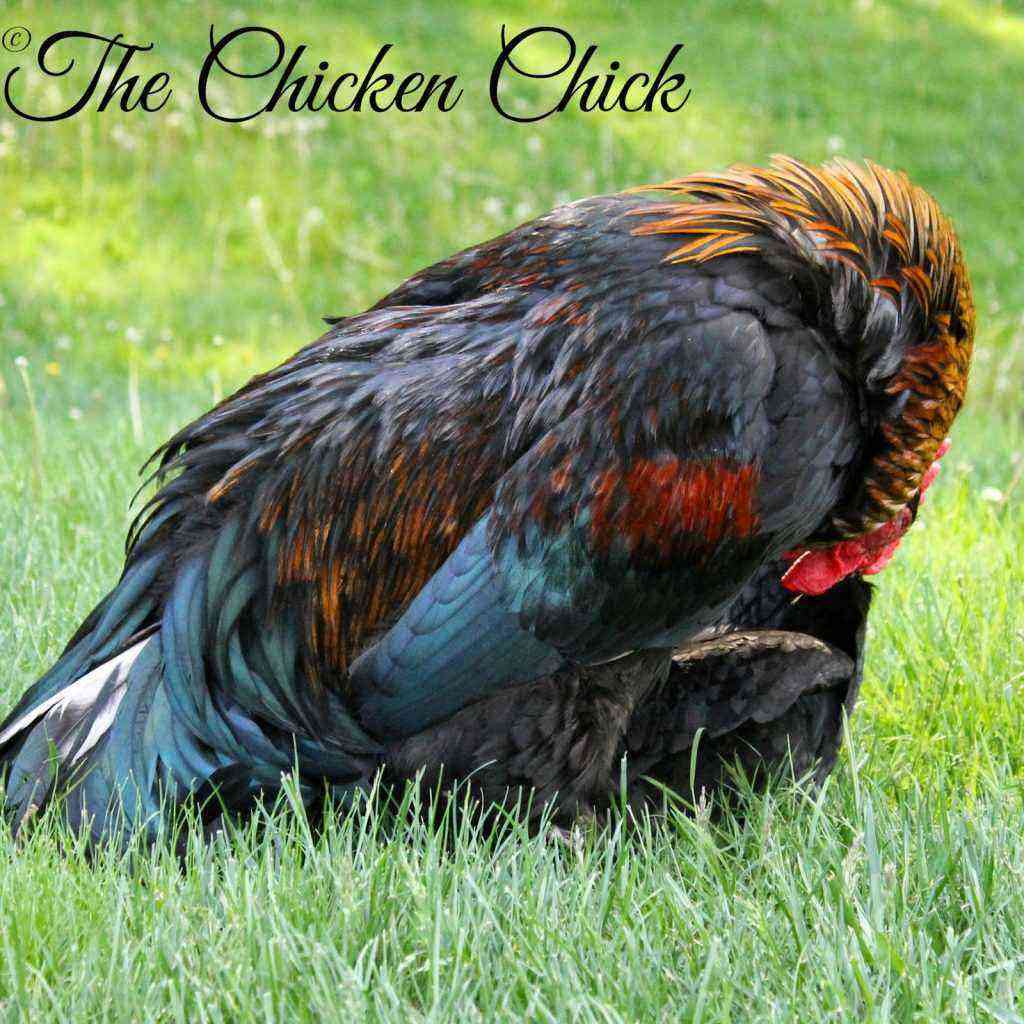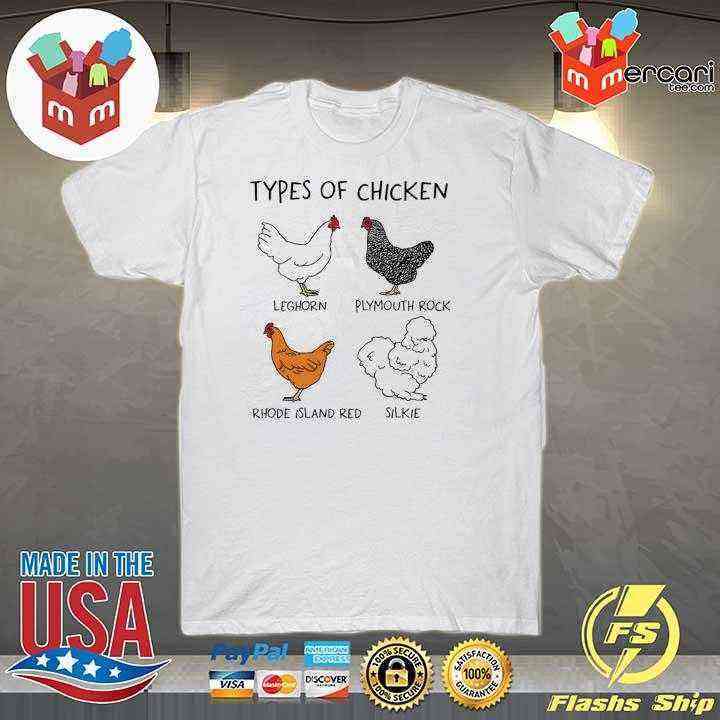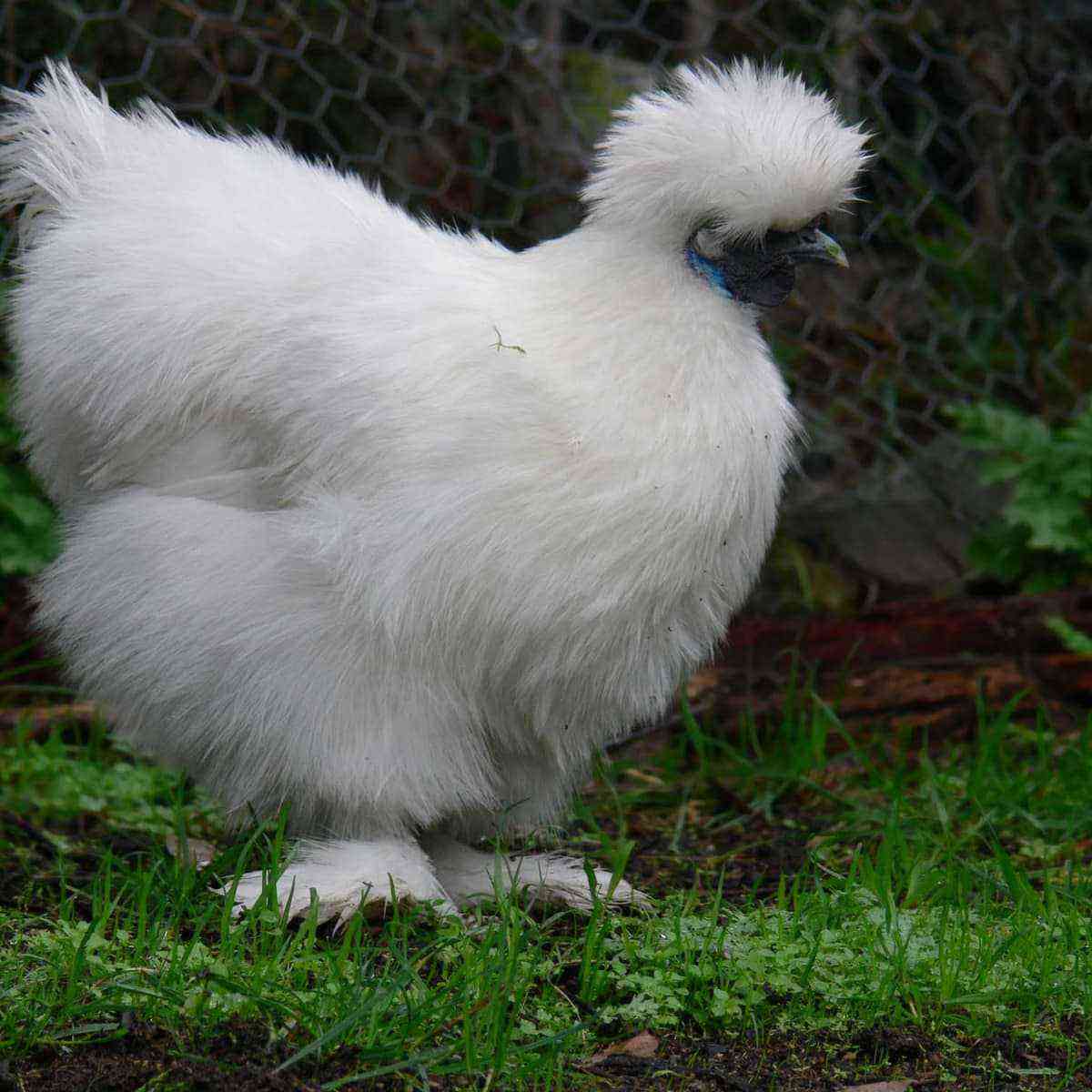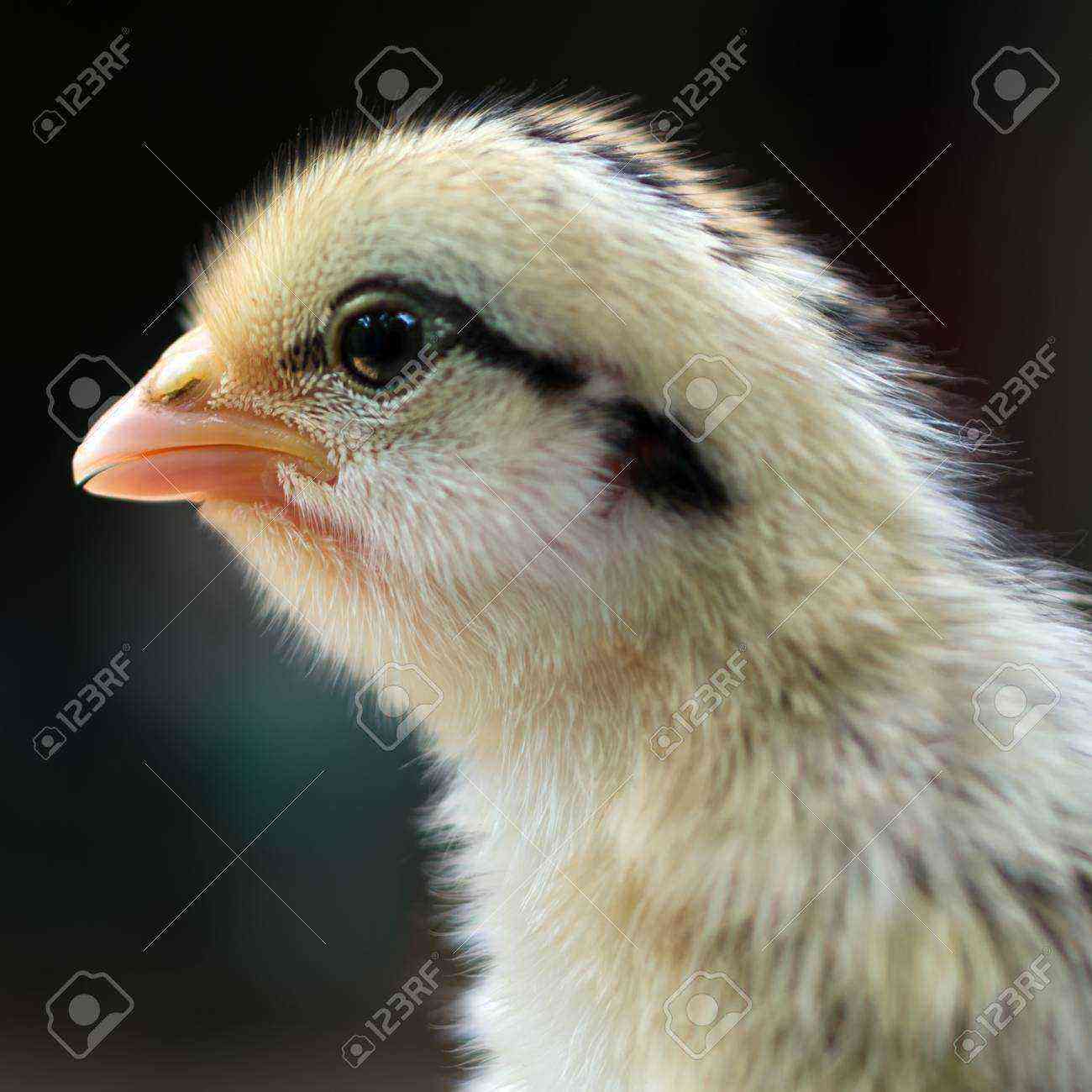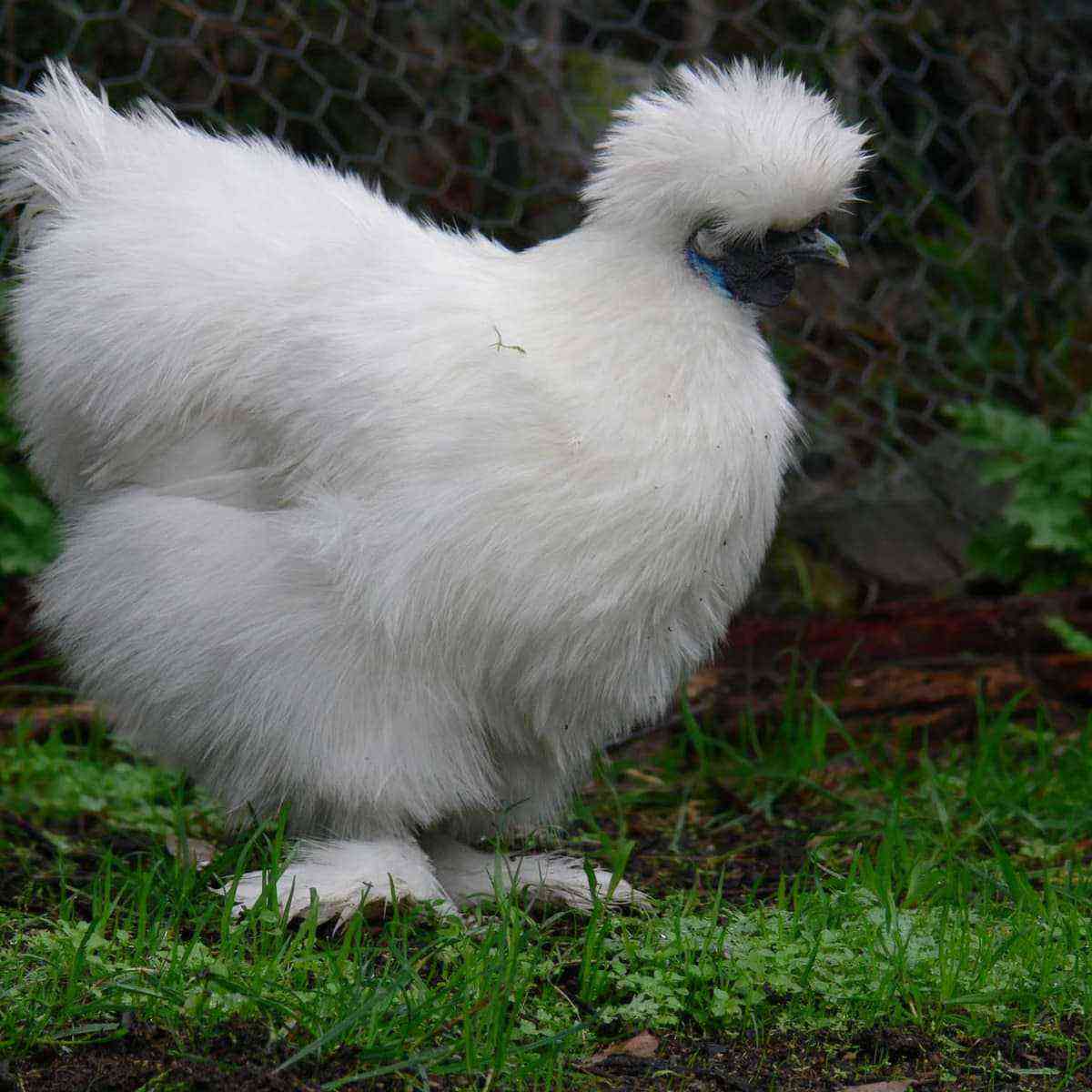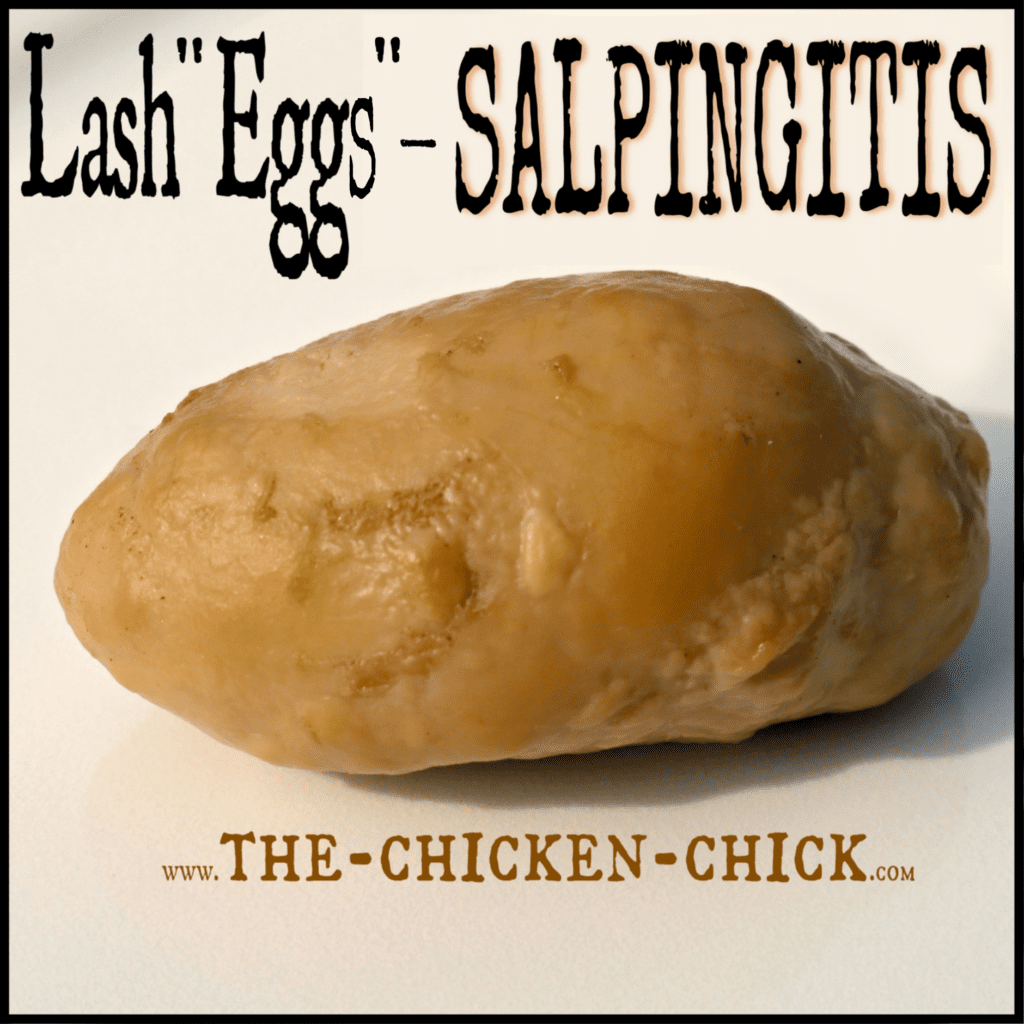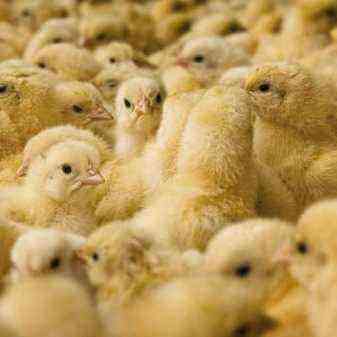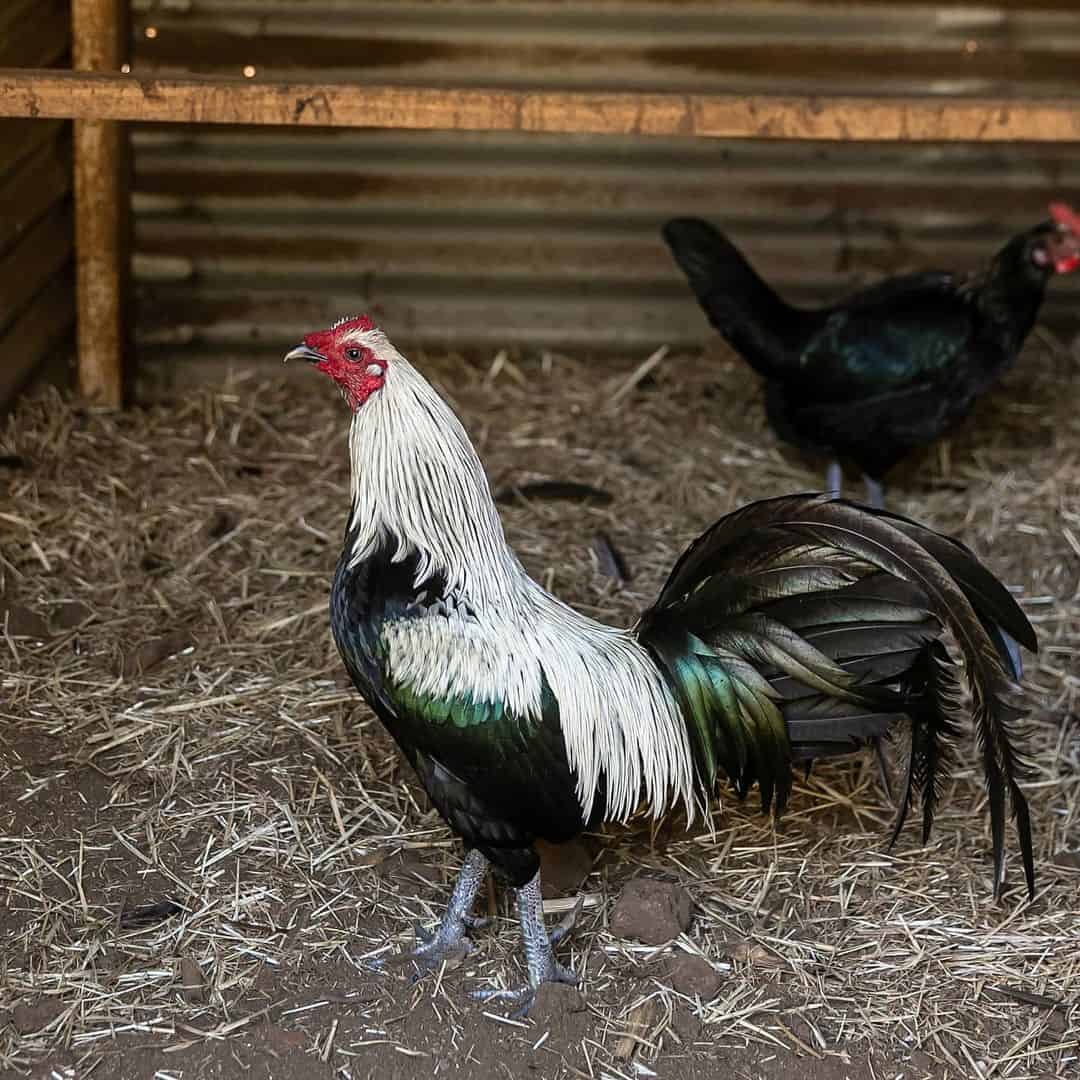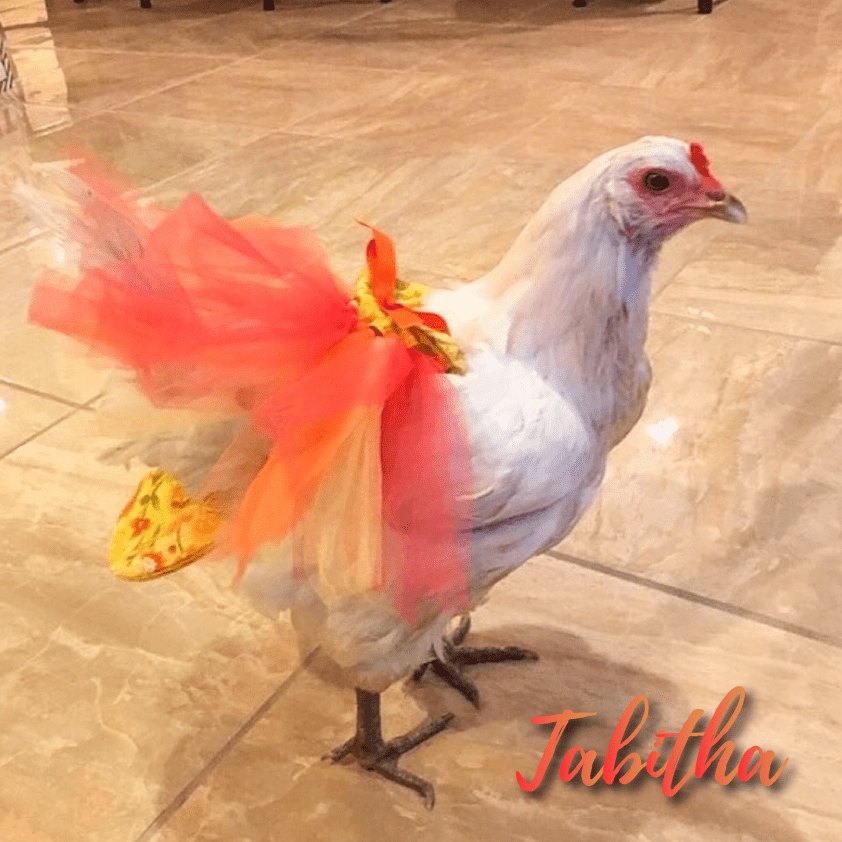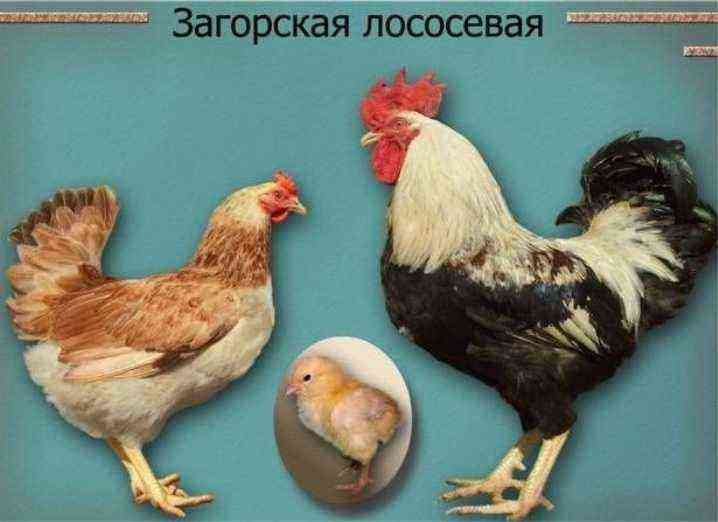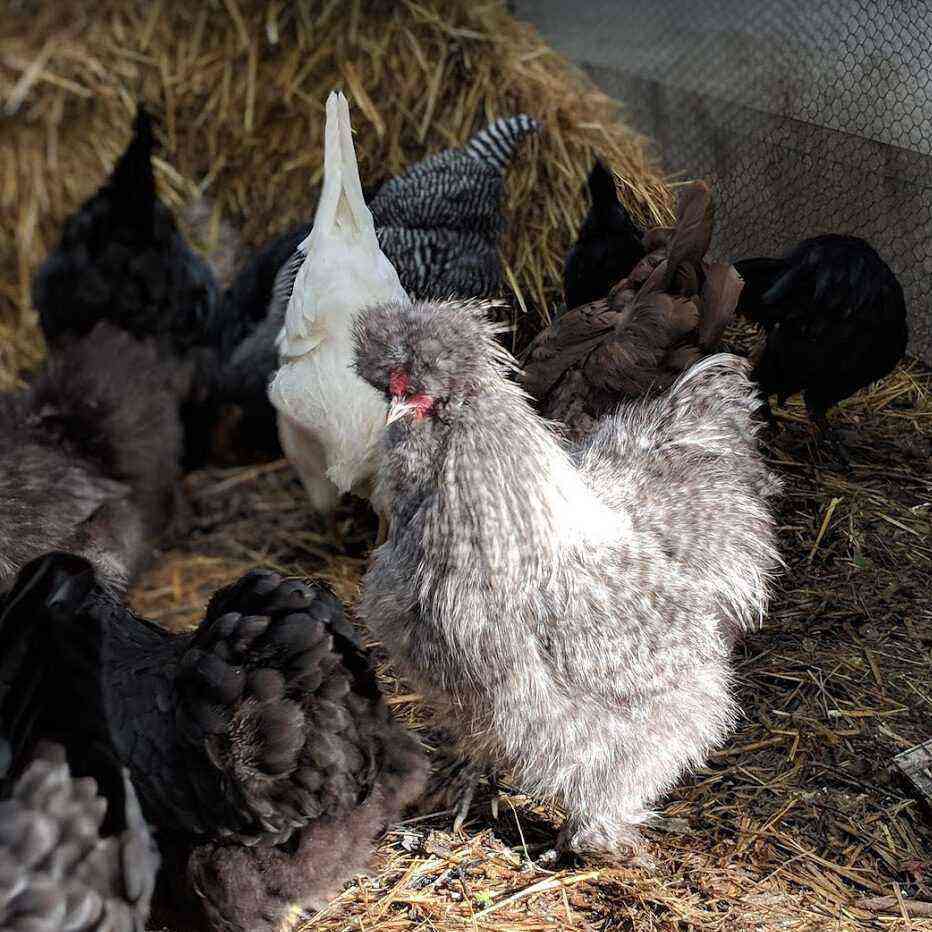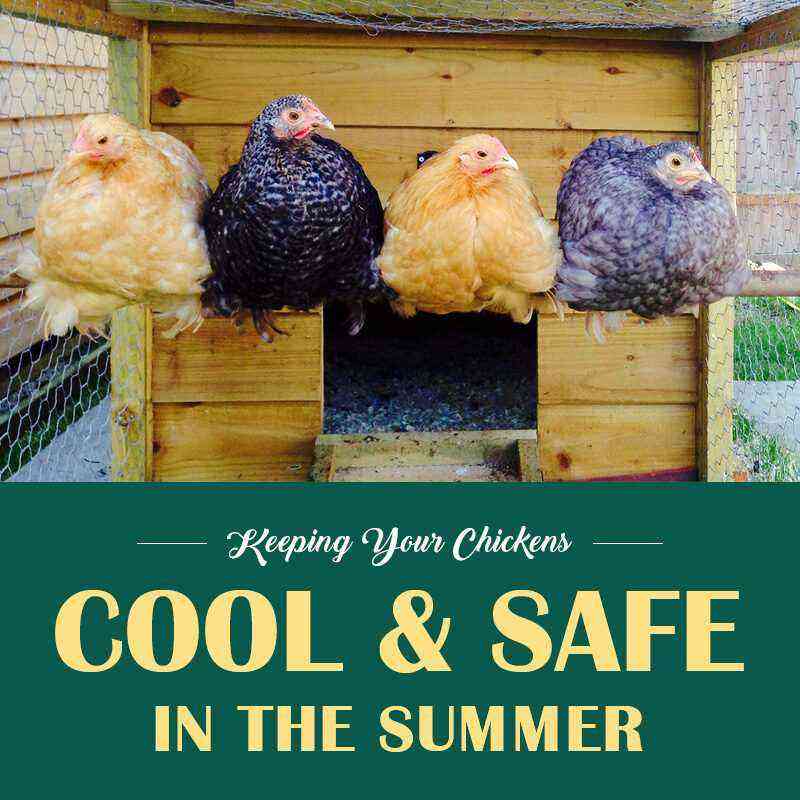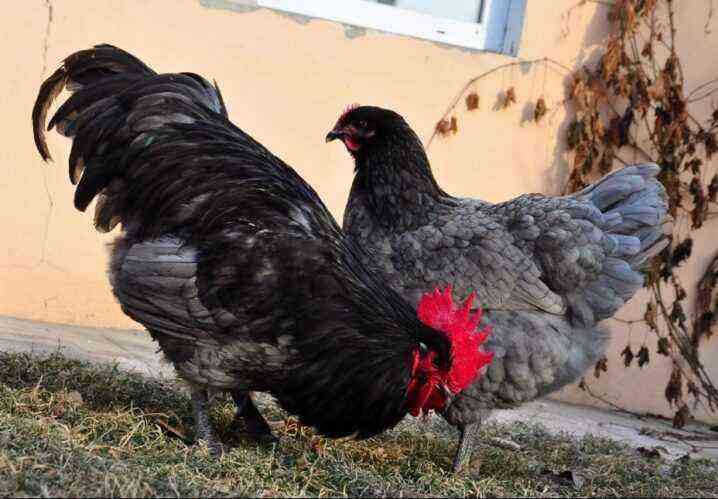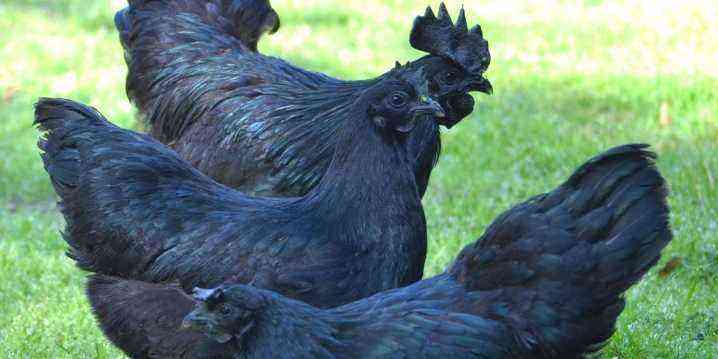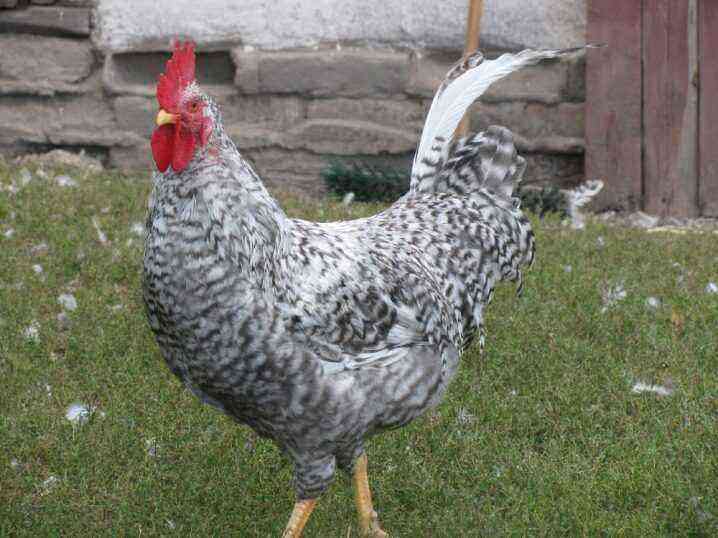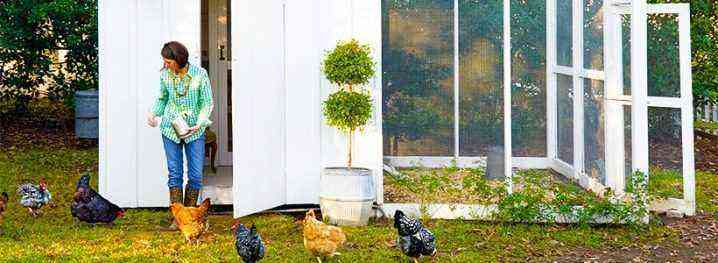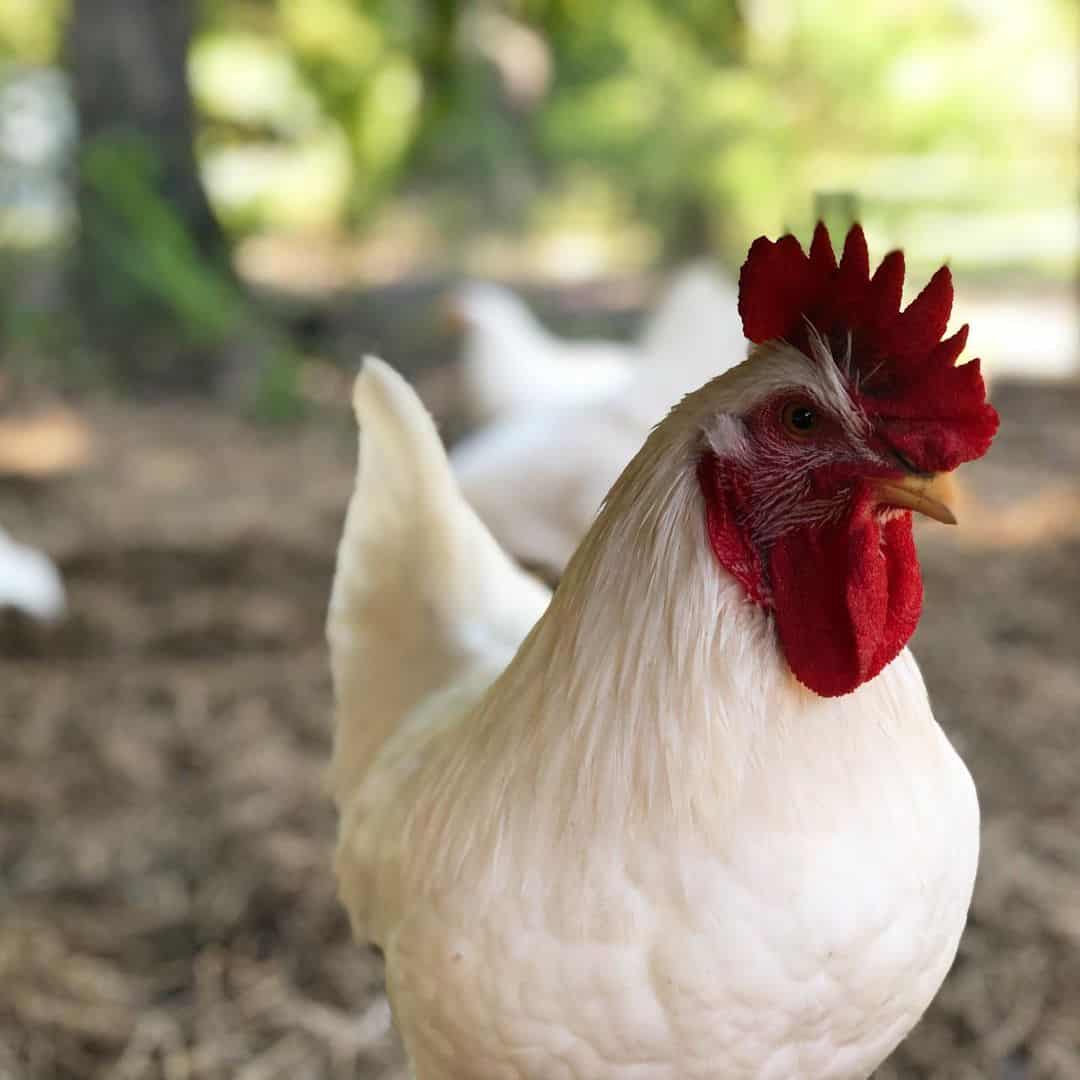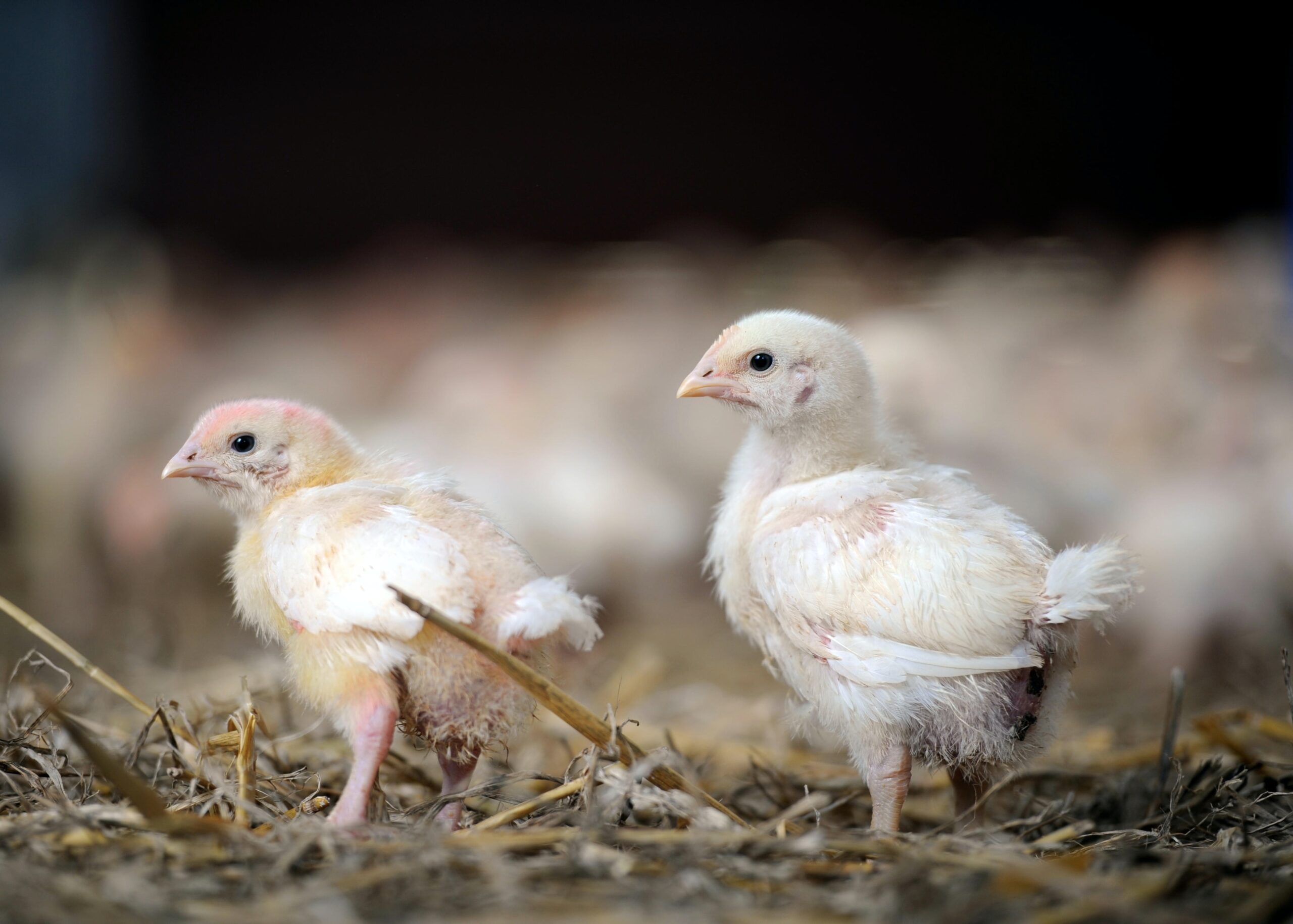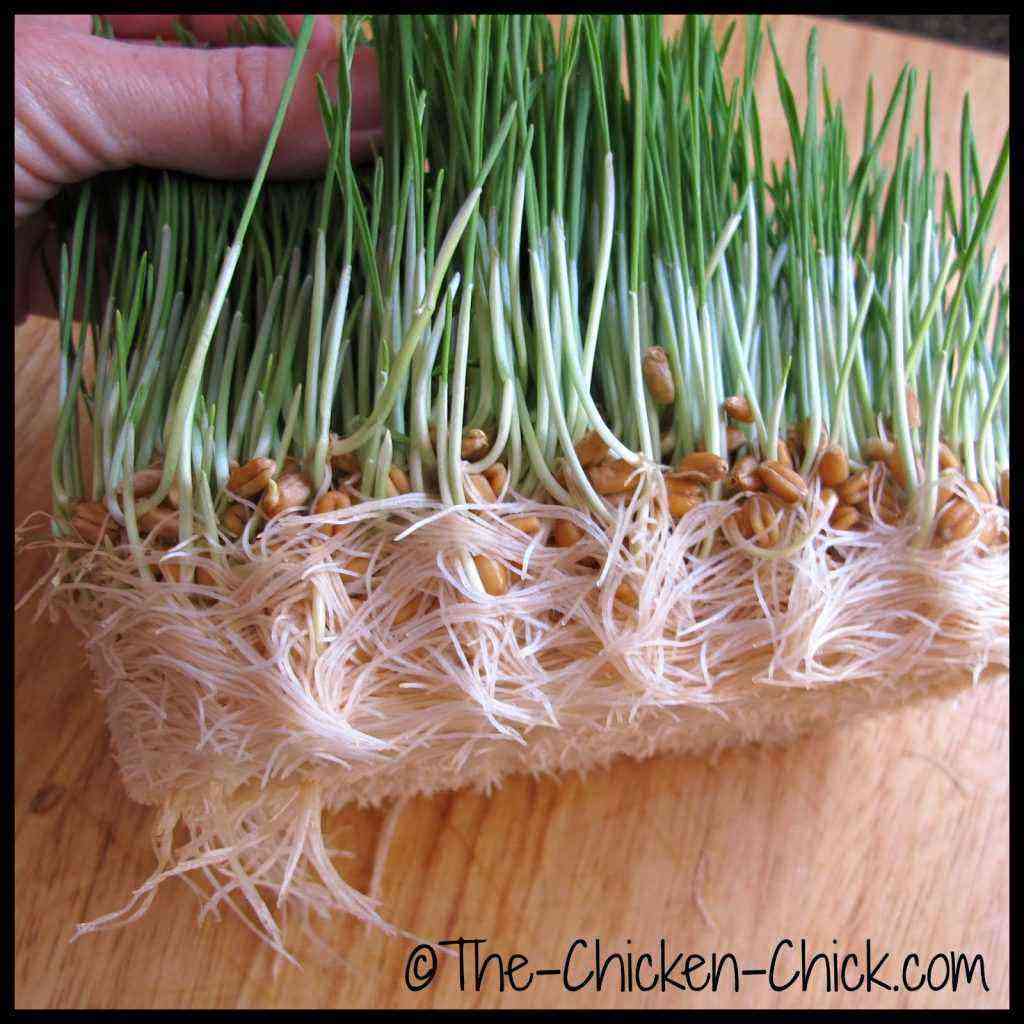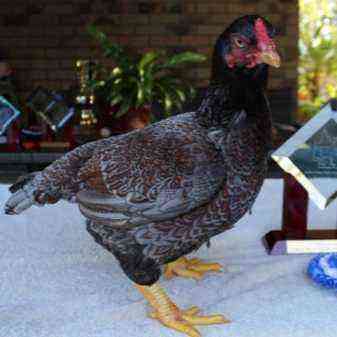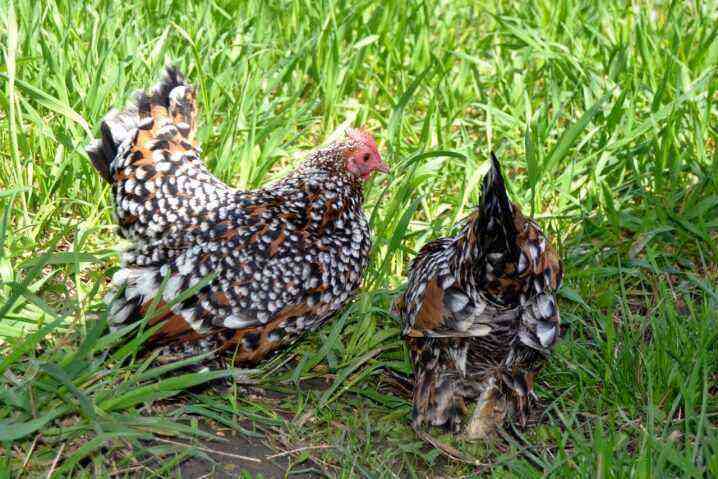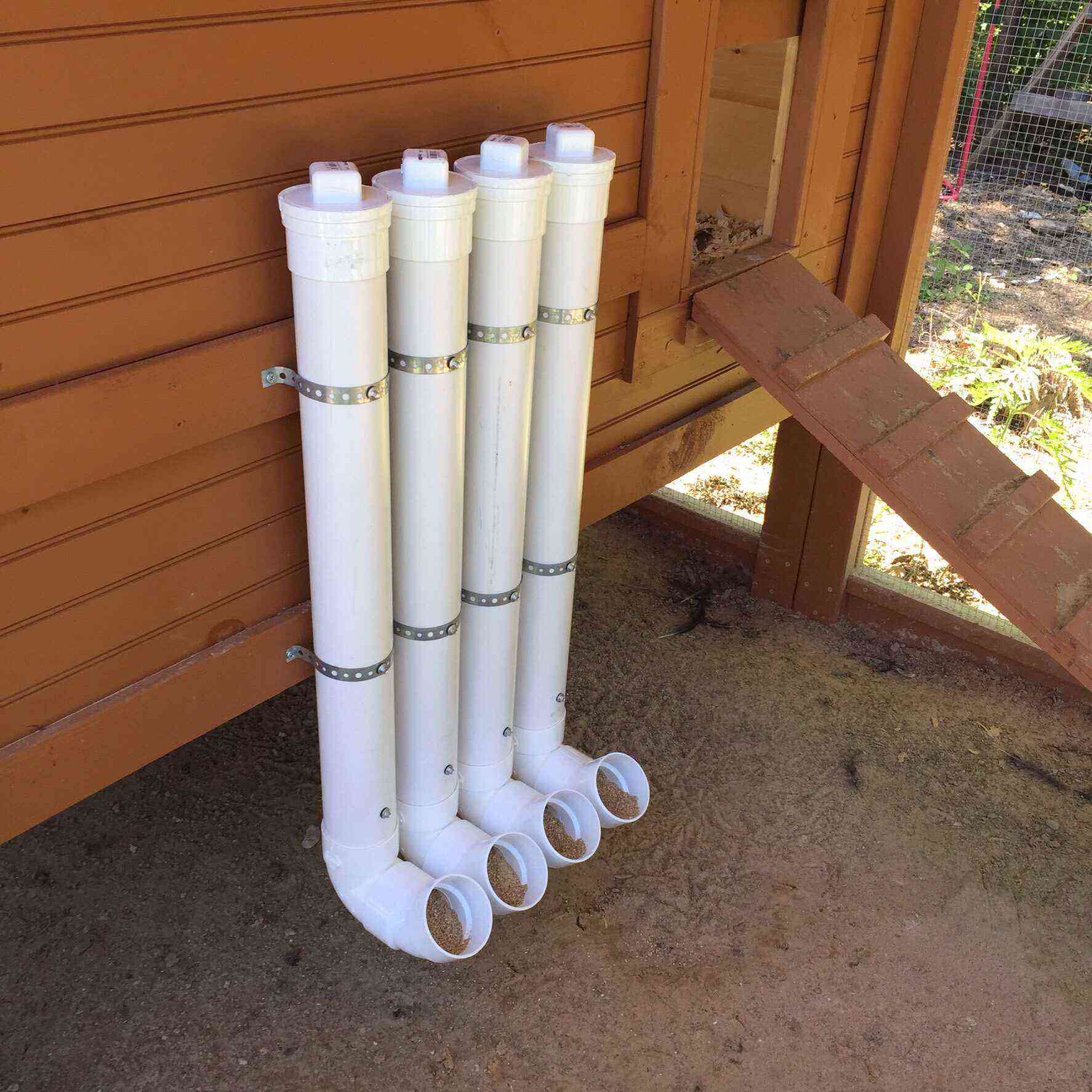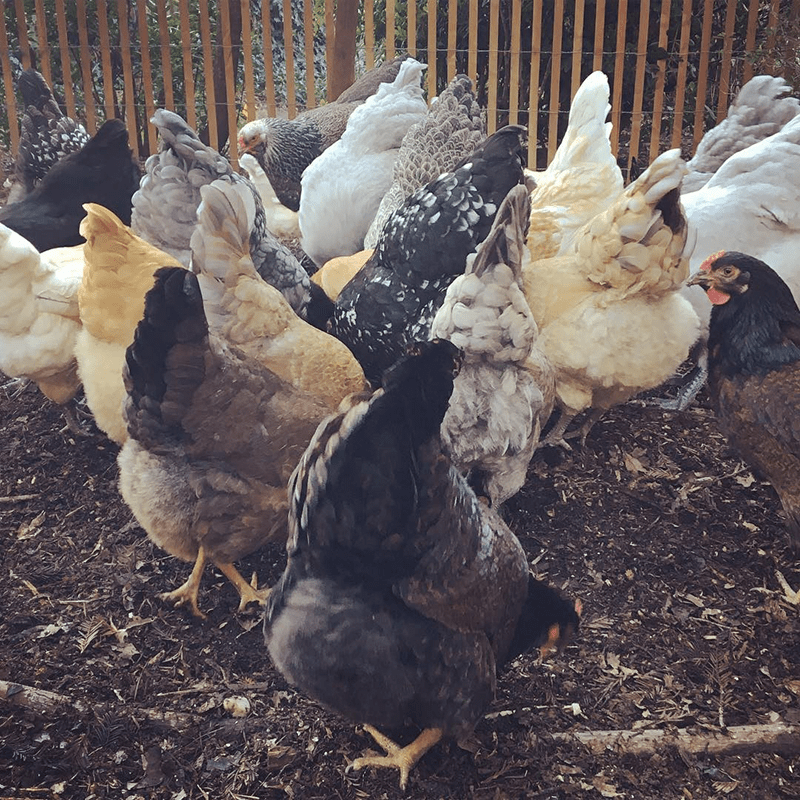Today, chickens are bred not only for the purpose of obtaining meat and egg products, but also as decorative birds. The breeds that combine the above qualities include cochinchin chickens, whose external features attract the attention of breeders around the world.
History of occurrence
The breed owes its appearance to large birds that lived in Indochina. And since chickens were originally bred to a greater extent by the local population in the Cochinchina region, a similar name was subsequently assigned to them. The official registration of the breed took place in the XNUMXth century, later the Cochinchins were brought to Europe, from where they gradually spread throughout the world.
Today, the breed is actively used by breeders to breed beautiful and productive meat and egg chickens, including in Russia.
Cochinhin is not a kind of yard chickens, which are bred on an industrial scale. And the low number of such birds allows us to consider them a breed that is on the verge of extinction. Thoroughbred Asian chickens can be found in collectors and private breeders who raise them in light of the high decorative appeal of the breed. However, thoroughbred Cochinchins, in addition to their external qualities, are also popular in light of their immunity to many diseases, rapid adaptation to new conditions, and the ability to rush even in a cold room in winter.
Breed description
Hens and roosters of this breed stand out for their large size, muscular body and prominent thoracic region. A characteristic feature of the birds is a visually distinct bend at the transition from the neck to the shoulders. Roosters will have small braids on their tails.
The neck is of medium length, the head is small with a curved beak, painted yellow. The crest is leaf-shaped, the color of the pupils is predominantly red-orange. The limbs are strong with well-formed lower legs. Males do not have large wings; hens, unlike roosters, are more squat with a short tail and neck.
The color of cochinchins depends on the subspecies, today there are birds of many colors that are equally popular. All birds of this breed are distinguished by lush plumage, in the light of which their appearance resembles a ball. Plumage is also present on the limbs of chickens, so that the bird will be reliably protected from the cold.
The temperament of the breed is peaceful, this applies to individuals of both sexes. As a rule, Cochinchins willingly contact the breeder; if desired, chickens are quite easy to tame. A distinctive feature of the breed is a pronounced phlegm, so these decorative birds prefer to lead a leisurely and measured lifestyle.
As for the productive characteristics of cochinchins and their egg production, then in comparison with broilers or other cross breeds, they will lag somewhat behind. But, despite this, in a year laying hens are able to produce more than a hundred eggs with a brown shell, the weight of one egg will vary within 50 grams.
The main distinguishing characteristics of the breed include the ability to rush not only in summer, but also in winter and spring.
The mass of an adult rooster is 4-5 kilograms, while the weight of the laying hen varies within 3-4 kilograms. Chickens do not stand out at an accelerated rate of weight gain, as a rule, by 4-5 months the weight of the bird will be no more than 2,5 kilograms. Cochinchins become sexually mature quite late, however, the palatability of the meat of the breed stands out among other relatives for its fat content, juiciness and tenderness, since laying hens have a genetic tendency to obesity.
Cochinchin chickens have a pronounced maternal instinct, so females can even incubate other people’s eggs, practically without leaving the nest. And even after the chicks hatch, the birds take care of them for a very long time and keep them close, warming them in the cold season. As a rule, young animals are not separated from the hen until the age of one and a half months. Roosters stand out for their fertility, so fertilization occurs in almost 100% of cases. This breed has a very low percentage of mortality of young animals, in general, it does not exceed 2-3% of the total number of hatched chicks.
Laying hens reach egg production closer to 8-9 months, in winter Cochinchins lay better compared to summer months. Laying hens remain productive only for 1,5-2 years. Despite the fact that the breed is more valued as an ornamental, young birds have very tasty meat, but cochinchins are rarely grown for these purposes.
Varieties of colors
Subspecies of cochinchins are distinguished based on the color of the plumage.
Blue
The standard for such birds is the predominant gray-blue color of the feathers, while the presence of pure black feathers on the wings, neck or head is allowed. In males, the plumage on the tail can go from gray to black, otherwise the shade will be closer to blue, while the fluff in birds is light, the color of the pupils is orange. A rejection is considered to be yellowness in the color of the feathers, as well as the presence of white in the tail.
Pale yellow
Birds with plumage of golden or red color, the shade will be the same everywhere, except for the tail and nape, the color of which should be more saturated and dark. In such chickens, the legs, beak, and fluff will be yellow. Defects are blotches of white or black.
silver bordered
Birds of this subspecies are distinguished by a light gray color of the feather with a fringing along the edge.
Black
Birds will have a pure black feather color all over the body, with a greenish sheen allowed. A sign of belonging to the breed is also a black feather core. As for the down, in this case black or white is allowed, however, in the latter case, it should not be visible under the feather. The presence of visually distinguishable light down will be considered a culling, and the feathers of black cochinchins should not have a brown sheen.
White
Chickens will be completely white, with a similar down color, while the comb of hens and roosters will be bright scarlet, and the beak and metatarsals will be yellow. Birds that have some other color on their plumage are culled.
partridge
These birds are extremely rare today. In the Cochinchin of this subspecies, the feathers are distinguished by their catchy color, a brownish stripe should be present on the head, while the scruff will be yellow. The feather is brown on the outside, with a black color on the inside. Each pen, regardless of location, should have a black stripe along it. The hens will be wheaten or brown and the tails will be almost black. The presence of red and red flowers, borders and white spots is considered unacceptable.
There are also dwarf cochinchins, which are still classified as subspecies of this breed. These birds are no less productive and interesting in breeding, they can have the following feather color:
- white;
- striped;
- marble;
- birch;
- brown;
- the black;
- golden.
The feathers of miniature birds will be slightly smaller than those of normal birds. In this case, the plumage will look more like fluff.
Advantages and disadvantages
Like any other breed, Cochinchins have strengths and weaknesses. The advantages include the following properties.
- Decorative attraction of birds. They will definitely become the center of attention, since each subspecies stands out for its interesting color and beauty. This also applies to dwarf chickens, no less attractive in terms of appearance features.
- Bird sizes. Initially, Cochinchins were bred by humans not only to have an attractive bird in their household, but also as a meat breed. This was due to the rather massive physique of birds. However, over time, the priorities regarding the cultivation of meat chickens have changed somewhat, in the light of their belated precocity, the Cochinchins have lost honorary leadership to other breeds. It is worth noting that this feature does not bother private breeders, so birds also continue to be bred for meat products.
- Ease of content. This breed is notable for its unpretentiousness to the conditions of detention, in addition, chickens can be fed with any feed. Birds quickly adapt even to cramped conditions, however, the breeder will still need to provide them with the most necessary for life and health.
- Compliant temperament. Unlike most breeds, the cochinee are distinguished by the absence of aggression, as well as their disposition to humans and other birds, provided that the latter are present in one household. They do not fly, so the breeder is not threatened with conflicts and damage to property.
- Ability to lay eggs in winter. As practice shows, it is spring and summer that are considered the most successful seasons regarding egg production. This feature allows the breeder to compensate for the lack of eggs in winter when breeding and keeping several breeds.
But these attractive birds are not without some disadvantages. The disadvantages of the breed include:
- the high cost of birds;
- low prevalence;
- difficulties in breeding purebred birds;
- young growth develops rather slowly.
Cultivation
Even an inexperienced breeder can start growing cochinchins; chickens tolerate the features of a harsh climate well, despite the fact that their homeland is a region with mild weather conditions. This is due to the thick and dense plumage of birds, as well as the presence of fluff. In winter, such birds can be safely kept in an unheated room, and at positive temperatures they can be sent for walking in the yard.
As for the young, the chickens are very slowly overgrown with feathers, so they will need to create special conditions. When growing young birds in a chicken coop, the air temperature in it should not be lower than +25 + 28 C. In summer, kokhi can be free-range in an open fenced area. This breed is not prone to forays into gardens and front gardens. It is also recommended to equip the aviaries with a shady canopy to prevent overheating of the birds.
The breed does not suffer from frequent diseases, so health problems can only arise if the requirements regarding hygiene in the room where cochinchins are kept are not followed. This is due to the presence of plumage on the limbs of birds, on which, with rare cleaning, chicken manure, food, wet straw, etc. will constantly stick. This can provoke the formation of corns, spurs and other ailments, causing situations when the bird will fall on legs. The owner of the koch should pay special attention to the regularity and quality of cleaning and disinfection.
It is important to keep bird feeders and drinkers clean, removing leftover food between meals so that the bird does not consume stale food.
Cochinchins can suffer from such ailments.
- Tuberculosis – the signs of which are a change in the behavior of birds, a decrease in productivity. Treatment is carried out with special preparations for birds.
- salmonellosis – Chickens have reduced appetite and egg production. Infected individuals are placed in an isolation room and treated with antibiotics.
- Parasitic ailments – signs of which are considered violations of the stool, the presence of bloody discharge. To get rid of the disease, preventive treatment of the premises is performed. Birds are given antiparasitic drugs.
The optimal placement of chickens will be 2 birds per square meter; with a more crowded landing, they may begin to deform their wings. Perches in the chicken coop should be low because the breed is a flightless species. The room should not have high humidity – no more than 65%. The duration of daylight hours in winter will be in the range of 14-16 hours, at a temperature of +15 +18 C.
Kochs are promiscuous in terms of food choices, so they can eat everything non-stop, which will be the main cause of obesity. Therefore, the breeder should control the nutrition of their birds. The diet should be balanced, ideally for birds of this breed it is recommended to use compound feed with wet mixers, consisting of broths mixed with bread, grated vegetables, fishmeal, etc. The main share of the menu should be fresh grass, as well as chalk, chopped shell and shell.
For cochinchins that are raised for meat, it is worth emphasizing a high-calorie diet using grains, meat products, as well as fruits and dairy products. In the fall, Kohs have a molting period, at which time they need vitamins and enhanced nutrition to restore the body.
Some breeders place Cochinchin eggs in an incubator, as the birds, in light of their mass, sometimes crush the eggs. The survival rate of young animals is 90-95%. After the plumage begins to appear in the chickens, they can be gradually accustomed to vegetables, offer no more than 2 grams of gravel once a week, and feed the birds three times a week with a weak solution of potassium permanganate.
As a rule, the molt passes within 4 weeks, after which the hens will be able to rush again.
Breeding
Increasing the number of Asian birds will be easy, since chickens are distinguished by a well-developed instinct for incubation of eggs. After that, the young will be under the close attention of the mother. To get fertilized eggs, 1 rooster for 4 hens is usually used. For breeding, if there are several males, they are separated with chickens in a small aviary or fences are made in the chicken coop.
This will strengthen the immunity of chickens, as well as carry out the prevention of parasites.
Reviews
Only positive reviews have been formed about the breed, which relate to its decorative attractiveness. As for getting meat, Asian chickens require a lot of money to buy feed, because they develop and grow rather slowly.
See the video below for more on Cochinkin chickens.
